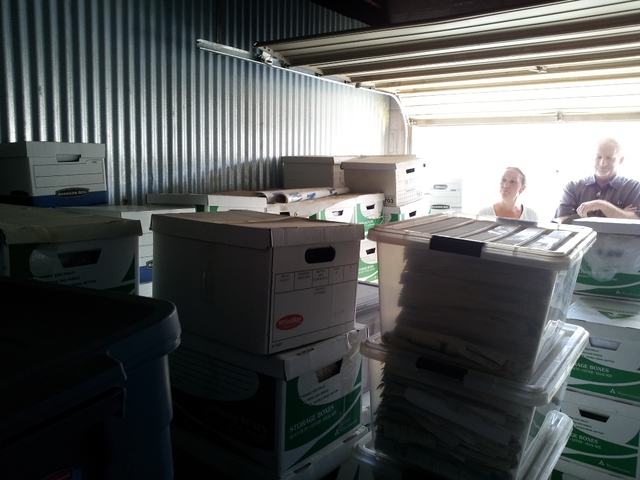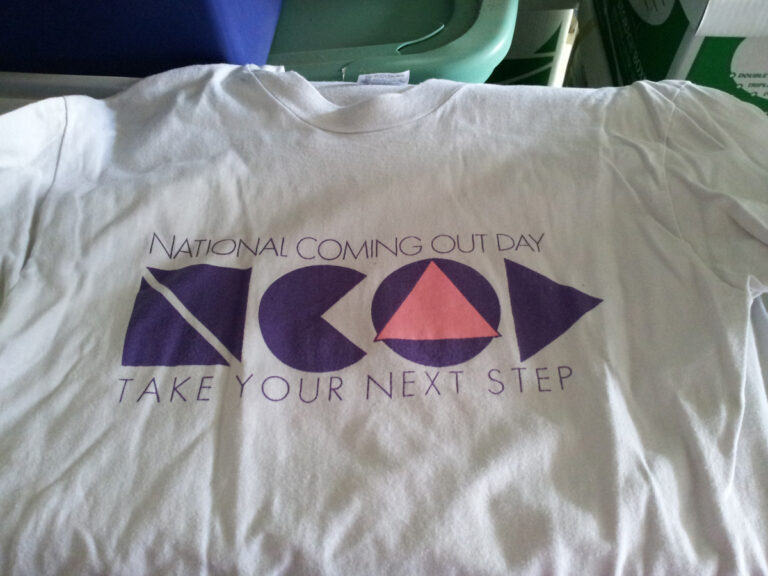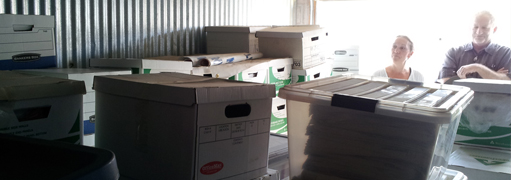Out Of The Archives And Into The Streets: The Bennett A. Hammer Lgbt Archives Project
Archival Activism Illuminates Lgbt Voices


From the collection
M. Brianna Stallings

Latest Article|September 3, 2020|Free
::Making Grown Men Cry Since 1992


From the collection
M. Brianna Stallings



